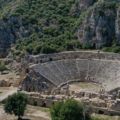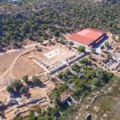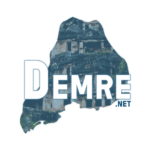Tucked away in the rugged hills between Demre and Kaş, far from the bustling beaches and popular ruins, lies one of the most remarkable yet quietly forgotten monuments of antiquity — the Heroon of Trysa. Though its sculpted panels now reside in a museum in Vienna, the original site still echoes with the sacred spirit of a bygone Lycian world.
This article explores both the historical significance and the modern experience of visiting this hidden gem of the Lycian League.
What is a Heroon?
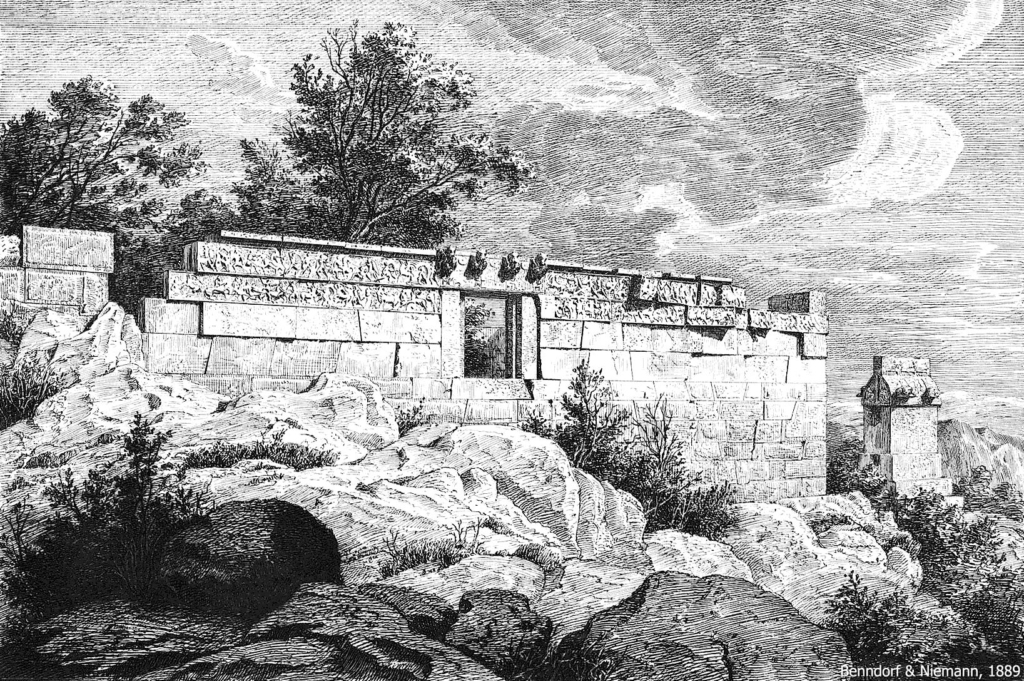
A heroon was a shrine or tomb dedicated to a hero — often a legendary or semi-divine figure — and found across the ancient Greek and Anatolian worlds. The Heroon of Trysa is unique for its extraordinary sculpted frieze and its blend of Lycian and Hellenic elements.
Built in the 4th century BCE, the Heroon once stood as a rectangular enclosure surrounded by high stone walls, intricately decorated with over 150 meters of relief carvings. These depicted scenes from mythology, warfare, and funerary rituals, revealing the beliefs, artistry, and political ambitions of the Lycian elite.
Historical Highlights
- Trysa was a small but wealthy Lycian city, strategically placed inland from the coast near modern-day Gölbaşı village.
- The Heroon was likely built for a local dynast or noble, showcasing their wealth and ties to Greek heroic tradition.
- The reliefs include scenes from the Trojan War, Amazonomachy (battle with the Amazons), and banquet scenes, showing the fusion of Lycian ancestry and Greek mythology.
- The site was discovered in the 19th century by Austrian archaeologists. The entire sculptural frieze was removed to Kunsthistorisches Museum in Vienna, where it remains today.
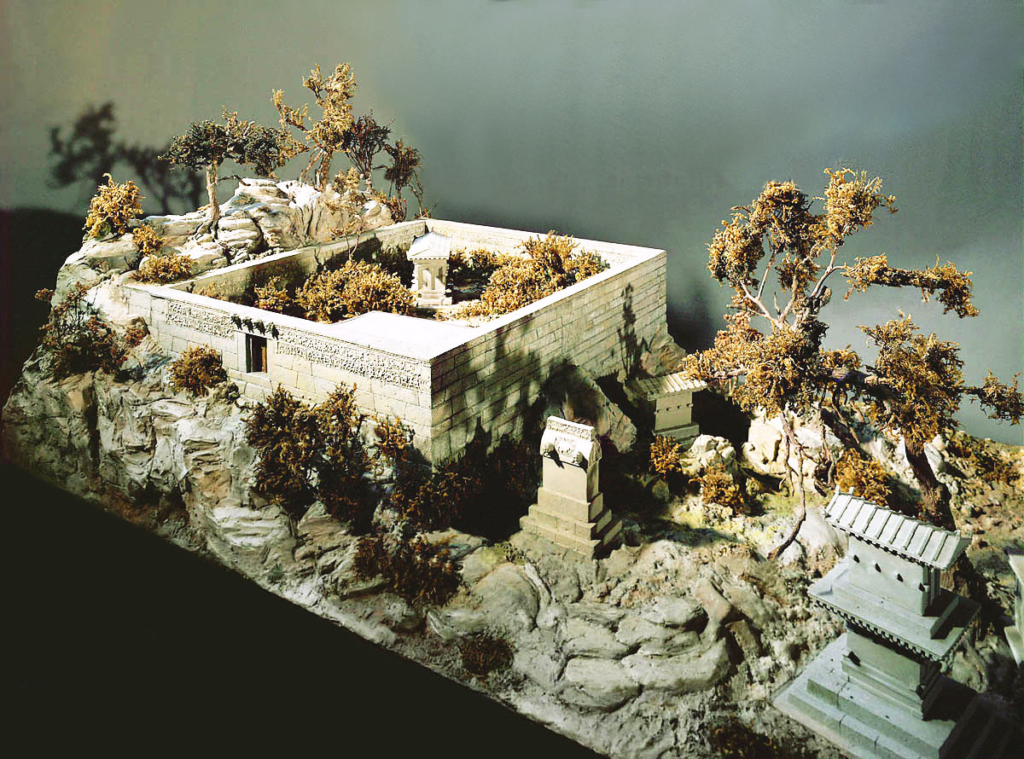
Though the monument was physically displaced, the original platform still lies on its mountaintop, surrounded by fragments, with breathtaking views of the surrounding mountains.
Visiting the Site Today
While there is little signage or infrastructure, visiting the Heroon of Trysa is a deeply atmospheric experience — one that rewards those willing to venture off the beaten path.
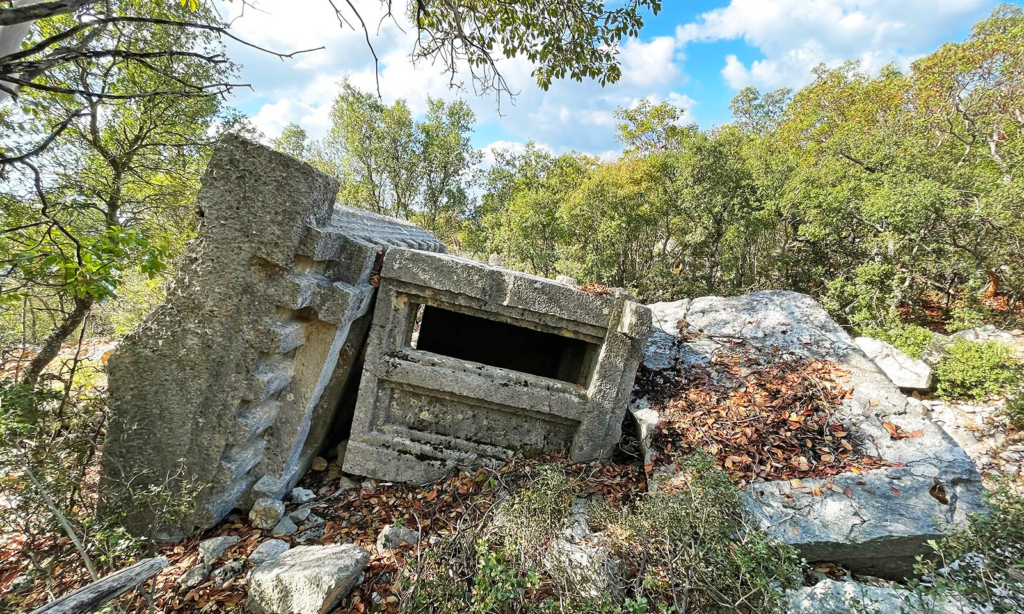
Why visit:
- One of the most serene, untouched ancient landscapes in Lycia.
- Dramatic views over the plain and surrounding peaks.
- A tangible sense of ancient reverence, still clinging to the stones.
How to get there:
- The site is located near the village of Gölbaşı, between Demre and Kaş.
- You’ll need a car to reach the vicinity, followed by a short hike up the hill.
- GPS or a local guide is recommended, as the site is unmarked.
What to bring:
- Sturdy walking shoes, water, sun protection
- Optional: a printout of the Vienna friezes to better imagine the monument in its original form
Best time to visit:
- Early morning or late afternoon in spring or autumn for cooler temperatures and soft light.
Connecting Past and Present
Standing at the ruins of the Heroon of Trysa, it’s hard not to feel the weight of history — not just in stone, but in what was taken and what remains. Though the carvings are far away, the spirit of the place is still here: the quiet ambition of a Lycian leader, the whisper of mythic battles, the rustle of thyme in the wind.
For the thoughtful traveler, the Heroon of Trysa offers something rare: not just ancient art, but an invitation to imagine — to fill the empty space with memory, myth, and meaning.

